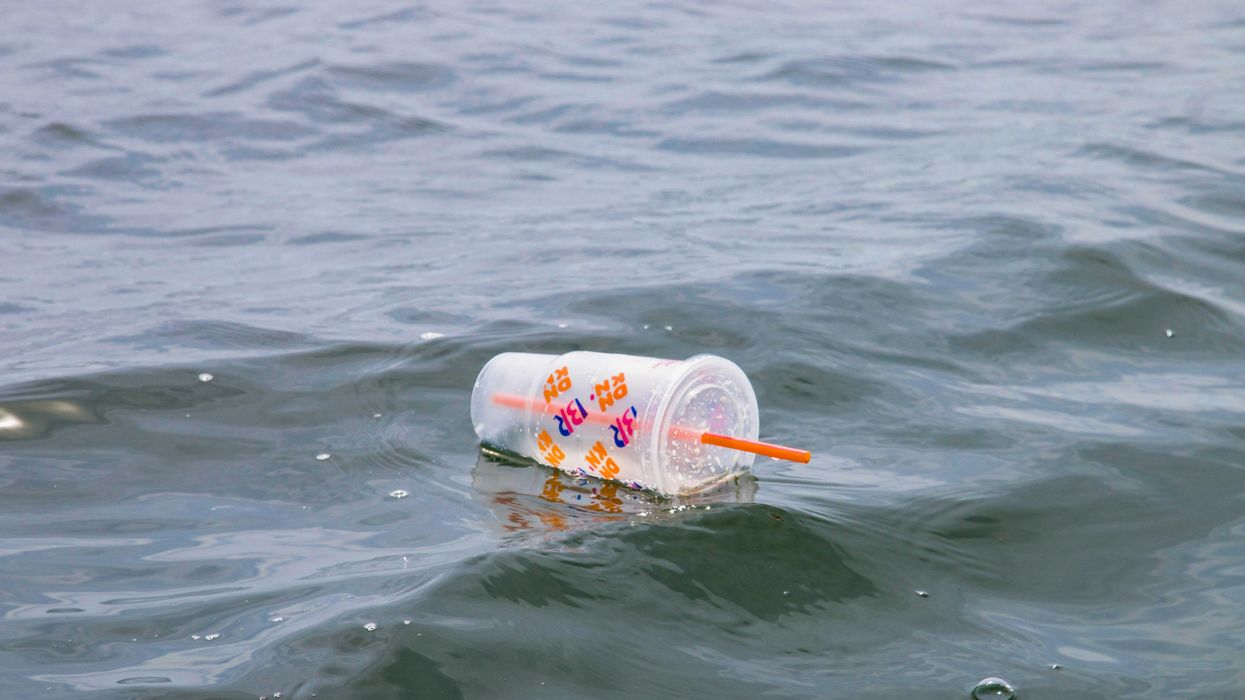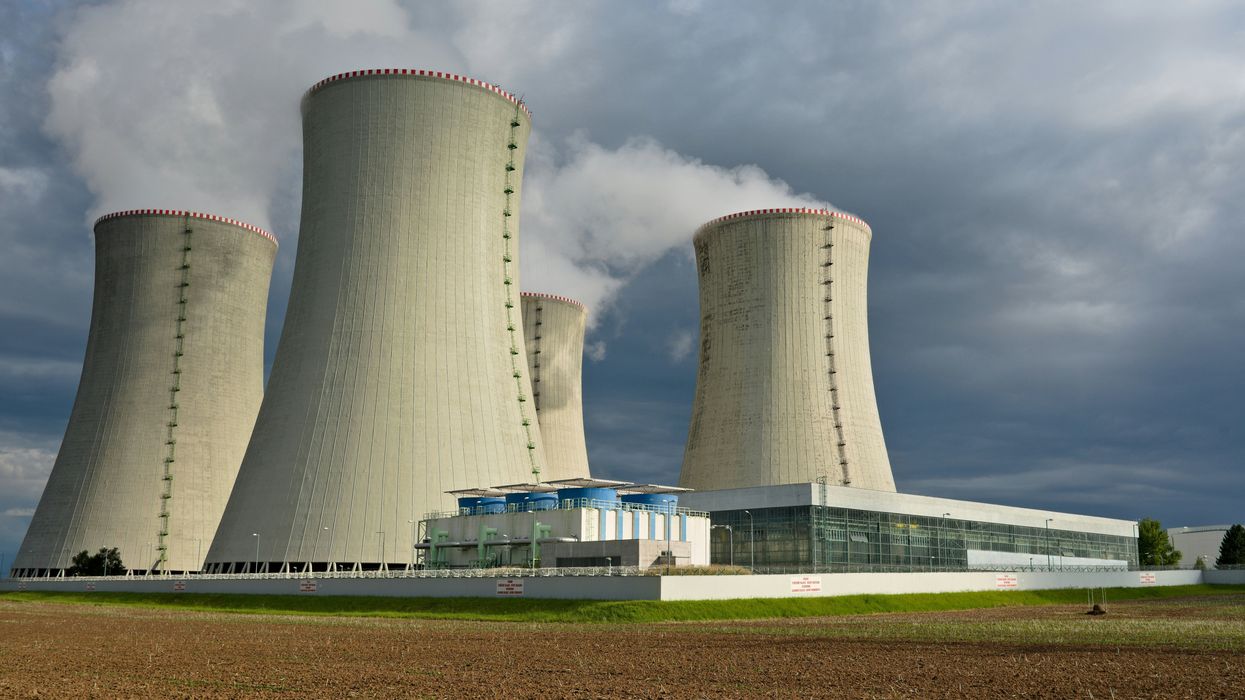Synthetic chemicals migrating into ultra-processed foods from packaging and equipment may contribute to rising rates of obesity, heart disease, and other chronic illnesses, a new review in Nature Medicine finds.
Shannon Kelleher reports for The New Lede.
In short:
- Ultra-processed foods often carry synthetic chemicals — including PFAS, phthalates, BPA and microplastics — from packaging, processing equipment, and heating containers, according to a peer-reviewed article.
- Scientists argue that these exposures may help explain health risks beyond poor nutrition, noting widespread presence of these substances in human tissues, including the placenta, brain, lungs and arteries.
- Experts say outdated chemical risk assessments overlook cumulative and low-dose effects, with one study linking microplastics in arteries to heart attacks and strokes.
Key quote:
“Current approaches to testing food contact materials are outdated and need to be urgently updated.”
— Jane Muncke, managing director and chief scientific officer of the Food Packaging Forum
Why this matters:
Americans eat ultra-processed foods daily, often without realizing they may be ingesting more than just salt and sugar. These foods can carry a cocktail of industrial chemicals from the materials used to package, store and cook them. Substances like PFAS, BPA, and phthalates leach into the food, enter our bodies, and stay there. Scientists now detect micro- and nanoplastics in nearly every organ. Research has already connected these contaminants to a range of health conditions, including obesity, infertility, diabetes, and heart disease. More than 98% of Americans showing signs of exposure. Yet chemical testing still focuses on individual substances at high doses, while real-world exposures involve complex mixtures at low, chronic levels. Most of the 100,000 chemicals that might contact our food are untested and unknown — a massive blind spot for public health.
Related:
- Op-Ed: The outsized role processed food plays in our health and environment
- Op-ed: Untangling the causes of obesity














